
50 years that have changed Britain’s energy


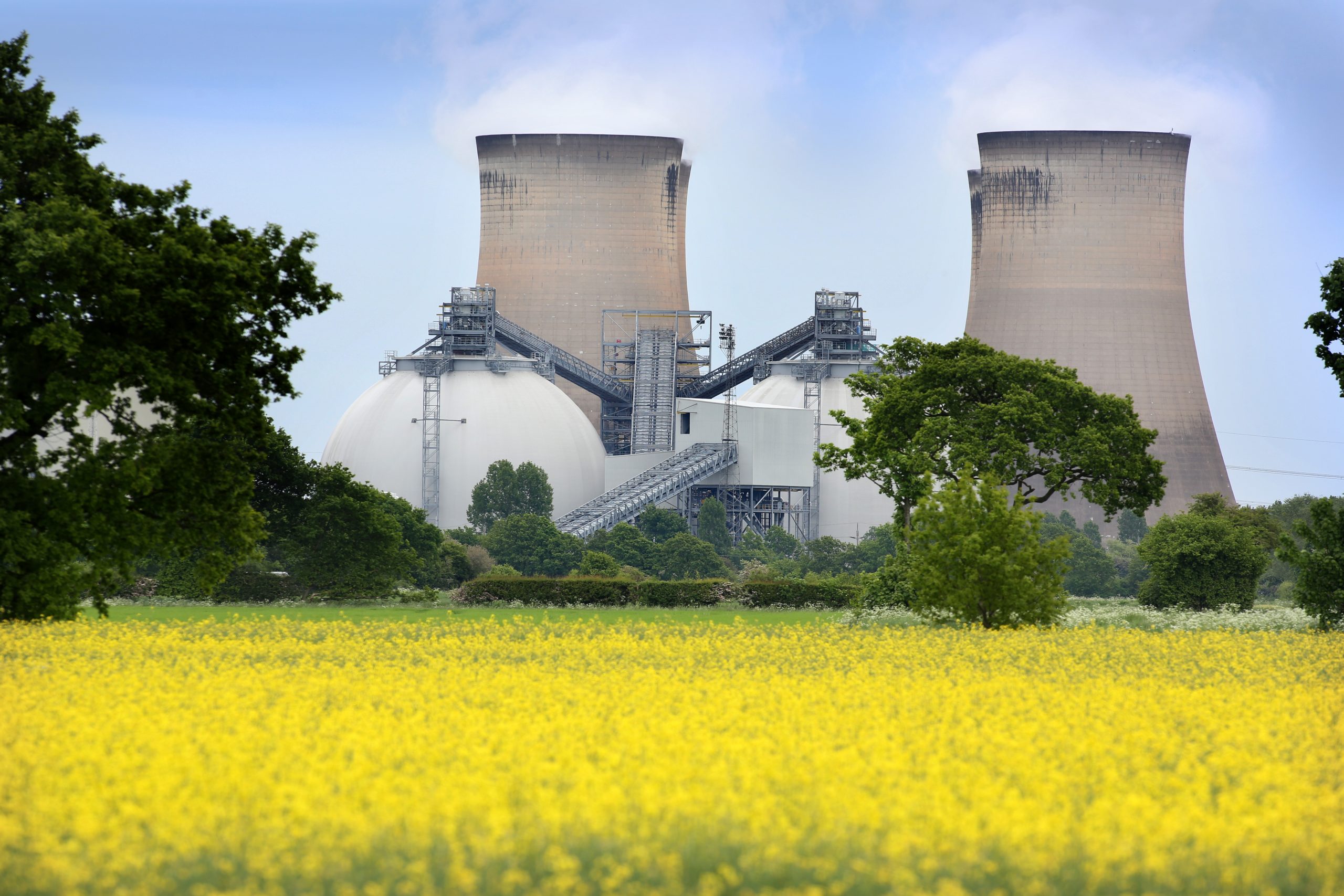
This article appeared in the Yorkshire Post on 24 October 2024
Many of the original climate change heroes live and work here in Yorkshire and it is these men and women who have worked so hard to keep the lights on whilst also ensuring that Britain became the first major economy to halve its emissions.
However, whilst this may sound like an encouraging accolade, the new Government has inherited a challenging situation where Britain is now lagging behind on delivering its targets for generating renewable energy and stopping climate change.
The UK’s carbon budgets are a legacy that the Conservative Party should be proud of and the legally binding targets that the last Government committed to form the basis of a set of world leading pathways that, if delivered, will make a meaningful contribution to slowing decarbonisation and ultimately improve everyone’s quality of life.
Critically, they also underpin long-term energy forecasts which demonstrate that global electricity usage is expected to more than double by 2050.
 Both Government and industry will have to work closely together to ensure that billions of pounds of investment is made into the UK in order to enable the delivery of the renewable energy infrastructure required to power this increase in demand.
Both Government and industry will have to work closely together to ensure that billions of pounds of investment is made into the UK in order to enable the delivery of the renewable energy infrastructure required to power this increase in demand.
This is most true here in Yorkshire and the Humber, where due to the legacy of our fossil fuel industries, we have the biggest decarbonisation opportunity of any region.
The decisions businesses are making drive economic growth, support thousands of high-quality jobs and signal that the nation is also open to foreign investment.
In Government, the Conservative Party understood the value of this long-term perspective but in opposition they currently seem more focused on short term political calculations that put them in danger of spoiling their legacy.
Last week the former Energy Secretary, Claire Coutinho, set alight the Conservative Party’s proud record of introducing carbon budgets and rowed back on her work to put the policies in place to meet them when she was Secretary of State.
She singled out Yorkshire’s Drax Power Station as being surplus to the country’s requirements, despite it powering 4 million homes and providing 4% of the country’s total power and 8% of its renewable electricity. Crucially, she neglected to say what could replace this significant amount of renewable and reliable generation capacity.
Everyone who works at Drax Power Station is proud of our 50-year history, the role we play today in delivering dispatchable, renewable power to the country when it needs it, not just when the wind is blowing and the sun is shining, and the ongoing contribution it can make to tackling climate change.
The transformation of the site from the country’s largest coal-fired power station into the single biggest source of renewable power, saw its carbon emissions slashed by 99% and in turn made a significant contribution to the UK meeting its current climate targets.
And now we want to go even further, by installing the game changing carbon removals technology, bioenergy with carbon capture and storage (BECCS) at the site.
BECCS at Drax will make it significantly easier for the country to meet its short and long-term climate targets, deliver the new Government’s 2030 clean electricity grid and, critically, our binding carbon budgets.
As the National Energy System Operator and Government work at pace to set out and implement their plans for the sector, we are ready to engage positively to play our part in a solution that delivers the essential objectives of security of supply, grid stability and decarbonisation.
The UK needs a consistent and assured energy strategy that keeps the lights on, delivers the decarbonisation agenda that society needs and wants, and stimulates economic growth and prosperity.
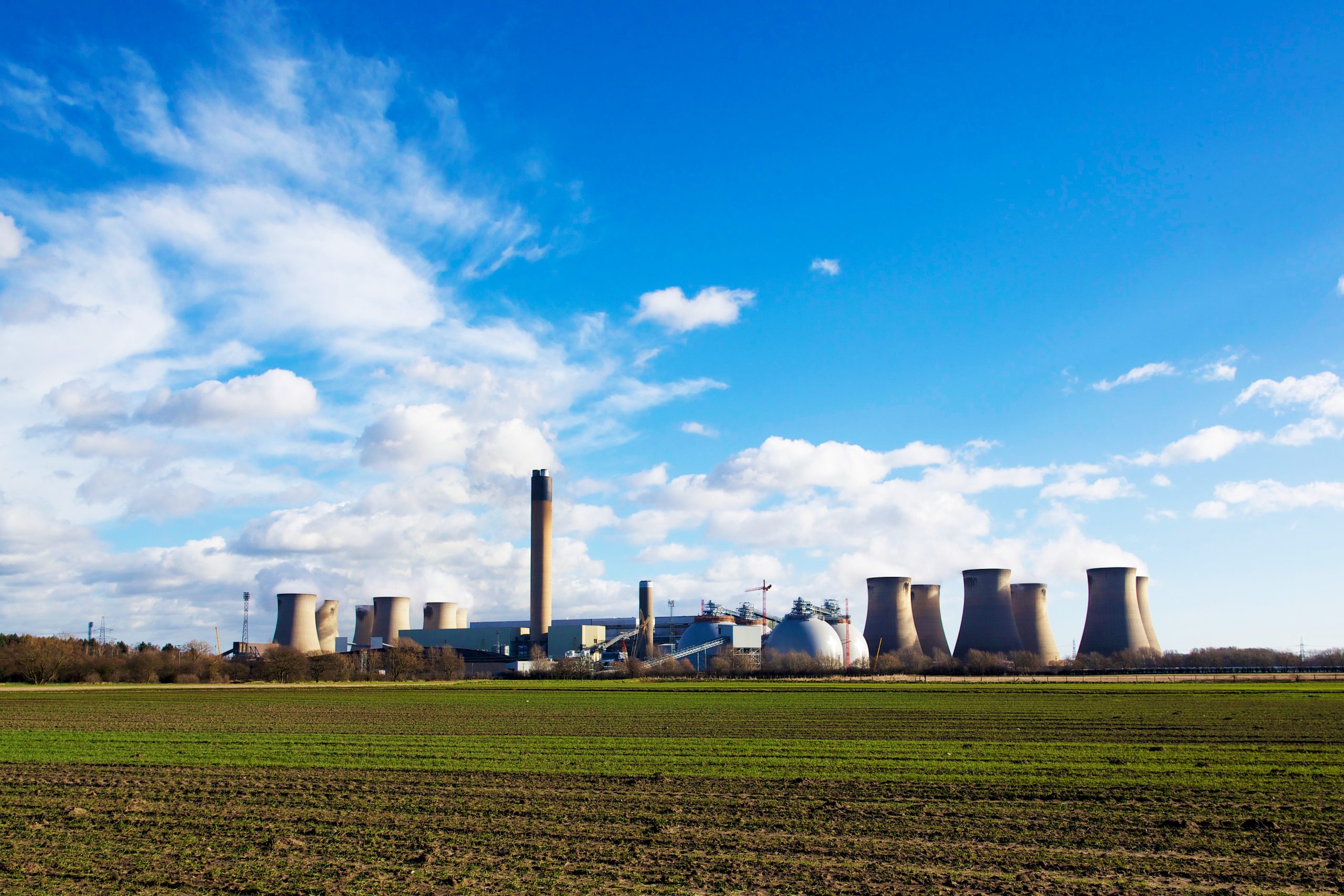
“The Conservative Party’s decision is reckless and irresponsible. It is deeply disappointing that they now care more about political point scoring than the country’s ongoing energy security and ability to meet net zero.
 “In Government, the party acknowledged the key role Drax Power Station, the country’s largest source of renewable power, plays in keeping the lights on for millions of homes and businesses when the wind doesn’t blow and the sun doesn’t shine.
“In Government, the party acknowledged the key role Drax Power Station, the country’s largest source of renewable power, plays in keeping the lights on for millions of homes and businesses when the wind doesn’t blow and the sun doesn’t shine.
“As Secretary of State for DESNZ, Claire Coutinho’s name is on the planning approval for Drax’s plans for BECCS at the Selby site. The decision letter clearly stated that the project will support the transition to net zero by 2050.
“Her comments will upset Drax Power Station colleagues who work tirelessly to power the UK. It will also lead to concerns across our country-wide supply chain and among other UK based biomass generators.
“Our priority is working in partnership with the Government who is focused on safeguarding the UK’s energy security and delivering net zero.”
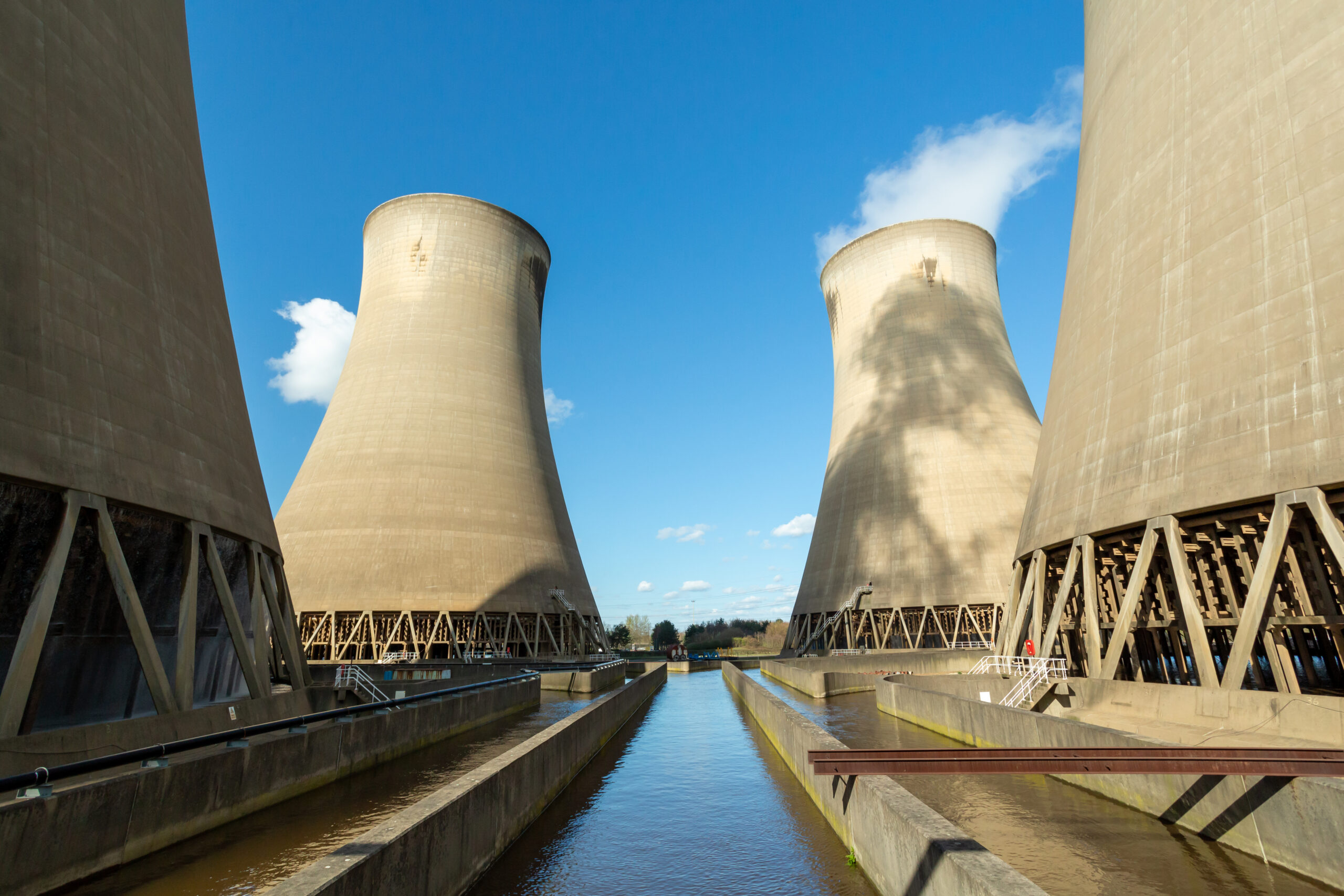
By Raj Swaminathan, Senior Vice President at Drax.
While there’s little debate that the greenhouse gas emissions that sit at the heart of our planet’s unprecedented warming come from fossil fuel consumption and other human activities, clawing back these carbon outputs is a multi-faceted issue. In addition to efforts to transition to renewable power sources like wind, solar, and biomass, which remain essential to mitigating this crisis, leading scientists agree that reducing emissions is not sufficient; we must go further and faster with carbon removals.
It’s estimated that we’ll need to capture and store as much as 9.5 billion metric tons of CO2 every year by 2050 to reverse legacy emissions enough to achieve international climate targets, according to the IPCC. Today, carbon removal facilities only capture a fraction of the emissions generated across the planet, and we urgently need a spectrum of high-quality solutions to scale our ability to remove carbon from the atmosphere.
At the same time, spiking energy demand – driven largely by the growing needs of data centers, particularly those underpinning artificial intelligence (AI) and blockchain technology, as well as new industrial and manufacturing facilities – also means we need to increase generation capacity rapidly to avoid an energy security crisis. This becomes more difficult to achieve through intermittent sources like wind and solar alone, which can’t be turned up and down when the grid is strained, opening an opportunity for solutions that can provide renewable, baseload power while permanently removing carbon from the atmosphere to fill this vital need.
Bioenergy with carbon capture and storage (BECCS) is a carbon removal technology that uses sustainably sourced biomass to generate renewable energy while permanently sequestering the carbon underground. Because BECCS is one of the only renewable sources that can generate baseload power around the clock, seven days a week, it can serve as the backbone of renewable power grids for when the sun isn’t shining, or the wind isn’t blowing – a role fossil fuels often fill today.
At the same time, BECCS captures post-combustion carbon at the stack and pipelines it into geologic storage, permanently securing it underground. These high-quality carbon removals are more straightforward to measure in comparison with other solutions like nature-based removals, making it much simpler to quantify the overall impact achieved.
Compared to other carbon capture technologies, BECCS also has more diversified revenue streams – including renewable power generation, government incentives for carbon storage, and the sale of carbon dioxide removals (CDR) credits to offset emissions for other companies and industries. Because of this diversification, BECCS not only provides a clearer path to profitability but also offers a high-quality CDR at a much lower price point than alternatives like direct air capture (DAC). This results in a more sustainable and scalable path to adoption.
Due to these advantages, BECCS is positioned to do much of the heavy lifting regarding carbon removals, but it doesn’t replace the need for additional carbon capture and renewable energy solutions. Technologies like DAC, while costlier to operate today, will play an important role in helping to reverse legacy emissions as well; in fact, BECCS could even power DAC facilities to ensure they’re running on renewable energy. The same is true for renewable power technologies – we need far more wind and solar capacity in addition to BECCS.
Drax believes that BECCS will be integral to decarbonizing the power sector and hard-to-abate industries. To this end, Drax has launched a new independent business unit this year that is focused on becoming the global leader in large-scale carbon removals. This business unit will oversee the development and construction of Drax’s new-build BECCS plants in the US and internationally, and it will work with a coalition of strategic partners to focus on an ambitious goal of removing at least 6 Mt of CO2 per year from the atmosphere.
Previously, Drax successfully completed two BECCS pilots at Drax Power Station, the UK’s largest power station that contributes approximately 4 percent of Britain’s generation output and 11 percent of its renewables. The Drax team is now working to outfit Drax Power Station with BECCS technology that will remove an estimated 8 Mtpa of carbon while generating 10 TWh of power. This is slated to be the first carbon-negative power station in the world and is key to achieving Drax’s goal of becoming a carbon-negative company.
Drax is also pursuing an initial target in the U.S. to have two BECCS plants built and operating by the 2030s. These will be the first large-scale, biomass-fueled power stations in North America, generating an estimated total of 4 Twh of power while sequestering approximately 6 Mt of CO2 per year.
BECCS is an essential technology to help achieve global decarbonization targets. While it doesn’t replace the need for additional carbon capture and renewable power generation alternatives, its unique advantages can help reverse carbon pollution from the past while meeting the energy demands of the future.
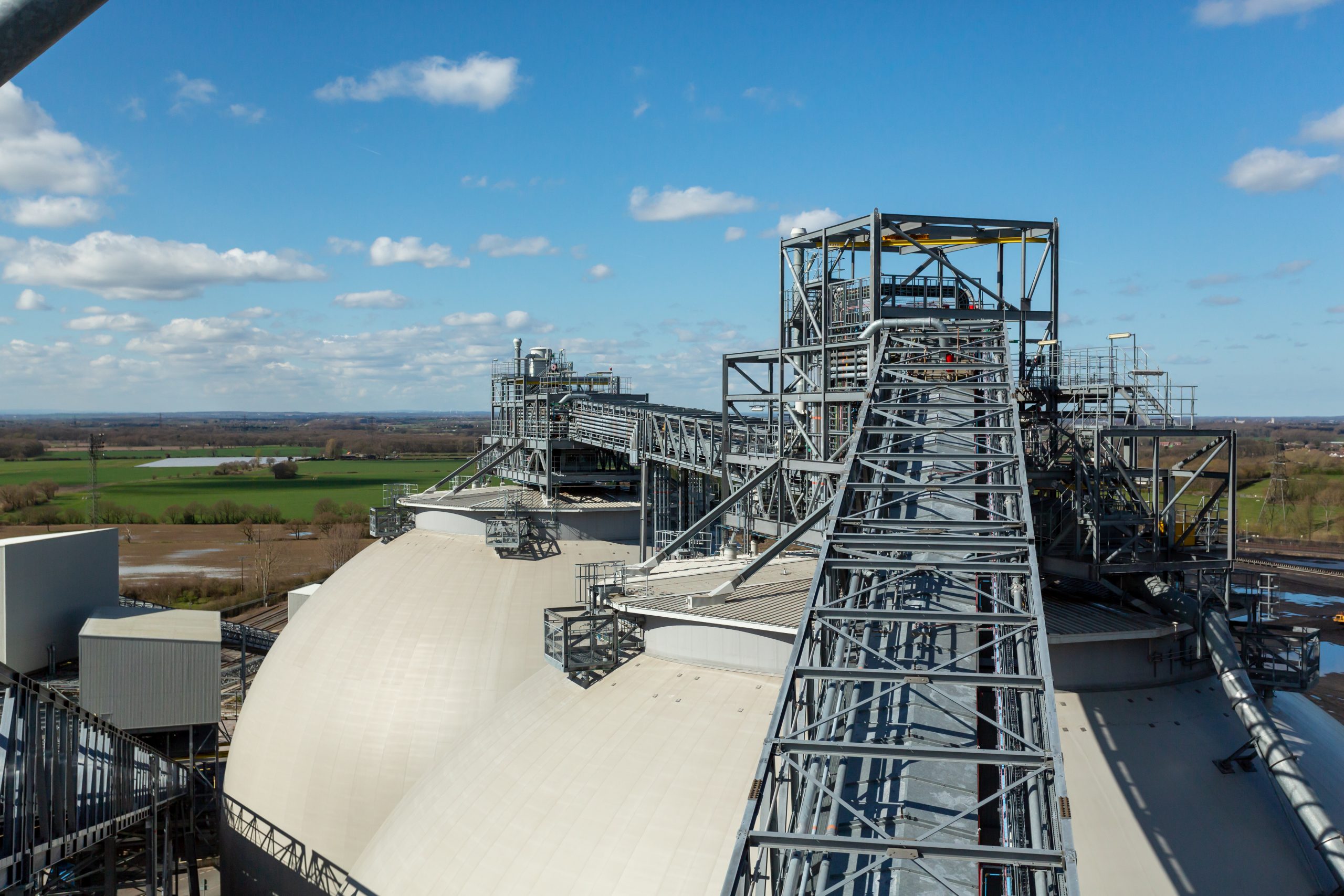
As part of the update, DESNZ set out its draft expectation to run the Track-1 extension and Track-2 processes in parallel, subject to T&S capacity and ministerial sign off. Following the designation of the Viking CCS cluster as a Track-2 cluster in July 2023, there are now two potential routes which could support the Drax Power Station BECCS project and wider CCS in the Humber region by 2030 – the East Coast Cluster and Viking CCS cluster.
DESNZ also set out an indicative timeline that shortlisted projects would commence negotiations from Autumn 2024. DESNZ will now receive feedback on its draft proposals pending further updates and the publication of final guidance in due course.
“The Government’s statements are a helpful step forward not just for BECCS in the UK, but for the wider fight against climate change. We can only reach net zero by investing in critical, new green technologies such as BECCS. I welcome the Government’s draft position and urge them to progress with both Track-1 expansion and Track-2 processes in parallel this winter”.
Separately, in August 2023 the UK Government published a Biomass Strategy which set out its position on the use of biomass in the UK’s plans for delivering net zero. The Biomass Strategy outlined the potential “extraordinary” role which biomass can play across the economy in power, heating and transport, including a priority role for BECCS, which is seen as critical for meeting net zero plans due to its ability to provide large-scale carbon dioxide removals. This is in addition to formal bilateral discussions between Drax and the Government in relation to a potential bridging mechanism between the end of the current renewable schemes in 2027 and the commissioning of BECCS at Drax Power Station.
Drax Investor Relations:
Mark Strafford
+44 (0) 7730 763 949
Drax External Communications:
Aidan Kerr
+44 (0) 0784 909 0368
Website: www.Drax.com
END
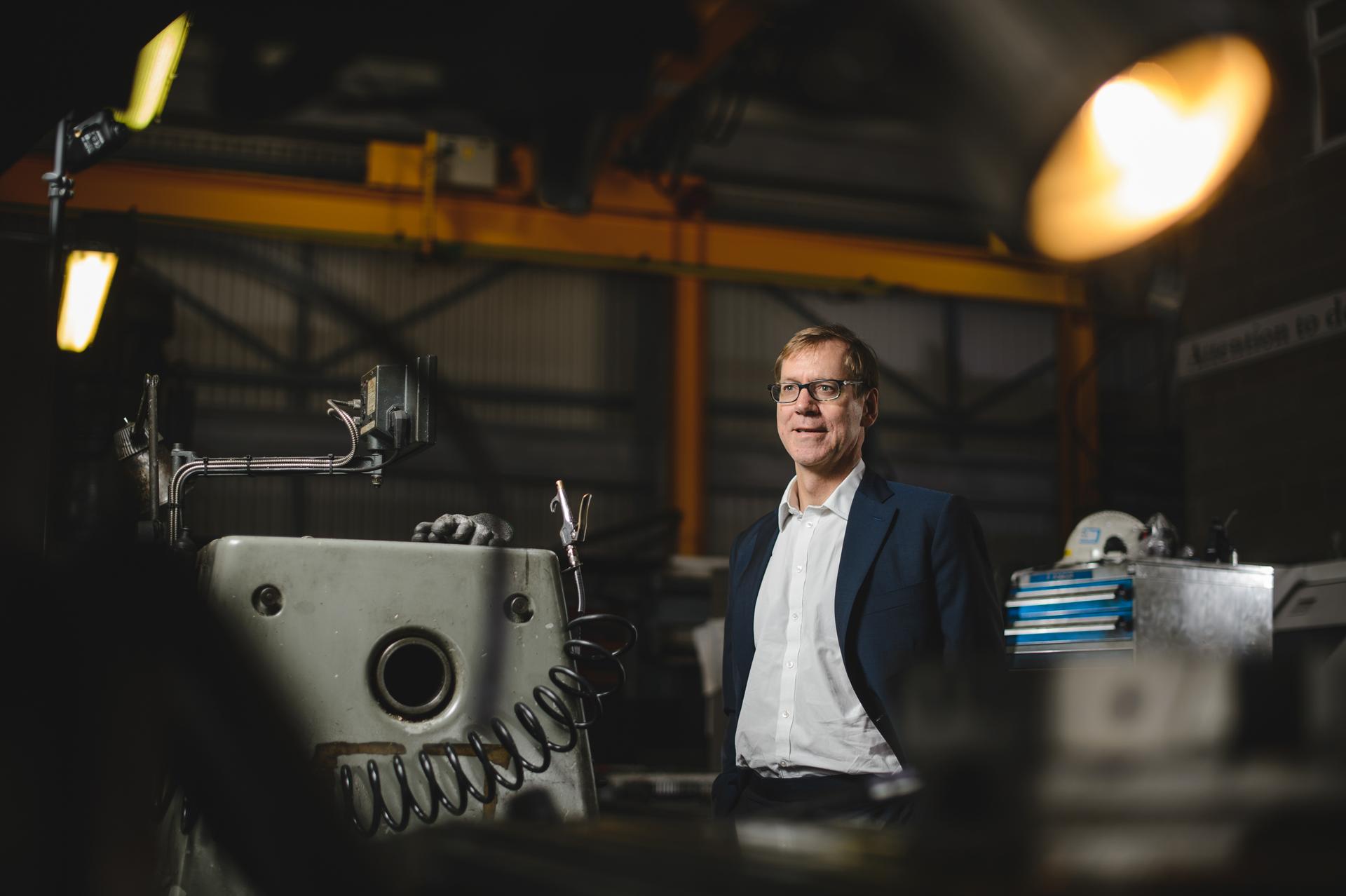
The Strategy provides an important steer on the short-, medium- and long-term use of biomass in the UK’s 2050 Net Zero target.
With the Government’s Strategy in hand, I am more certain than ever on two things. First, that there remains a clear and powerful role for biomass and BECCS in helping the UK balance harder to abate sectors, like aviation, and reach Net Zero.
And secondly, that bioenergy with carbon capture and storage (BECCS) has a vital role to play in our global energy transition – and that Drax is well placed to deliver.
In developing the Strategy, the Government has considered several factors including: availability of biomass and the priorities for end use; impacts on air quality; the sustainability of biomass use; as well as the role of BECCS in helping to reach our long-term climate goals.
The ‘Priority Use Framework’ evaluates where biomass would be most sustainably and efficiently used across sectors, given supply constraints. This framework is an important tool, which has been developed with four key principles in mind; sustainability; air quality; the circular economy and resource efficiency; and ability to support us getting to Net Zero.
Critically, the Priority Use Framework states that:
It’s very encouraging to see Government recognise the important role that biomass plays in our energy transition in both the short and medium term, as well as its prioritisation of BECCS in the long term.
Although there are various routes for deploying BECCS across different industries, the strategy further prioritises the deployment of BECCS on existing biomass generation plants with established supply chains, further supported by the development of the Power-BECCS business model for the first BECCS projects.
The Strategy is also promising as it presents an evidence-driven basis for long-term policy stability and I believe if the Government continues in this direction, it will draw investment to the UK’s bioenergy industry.
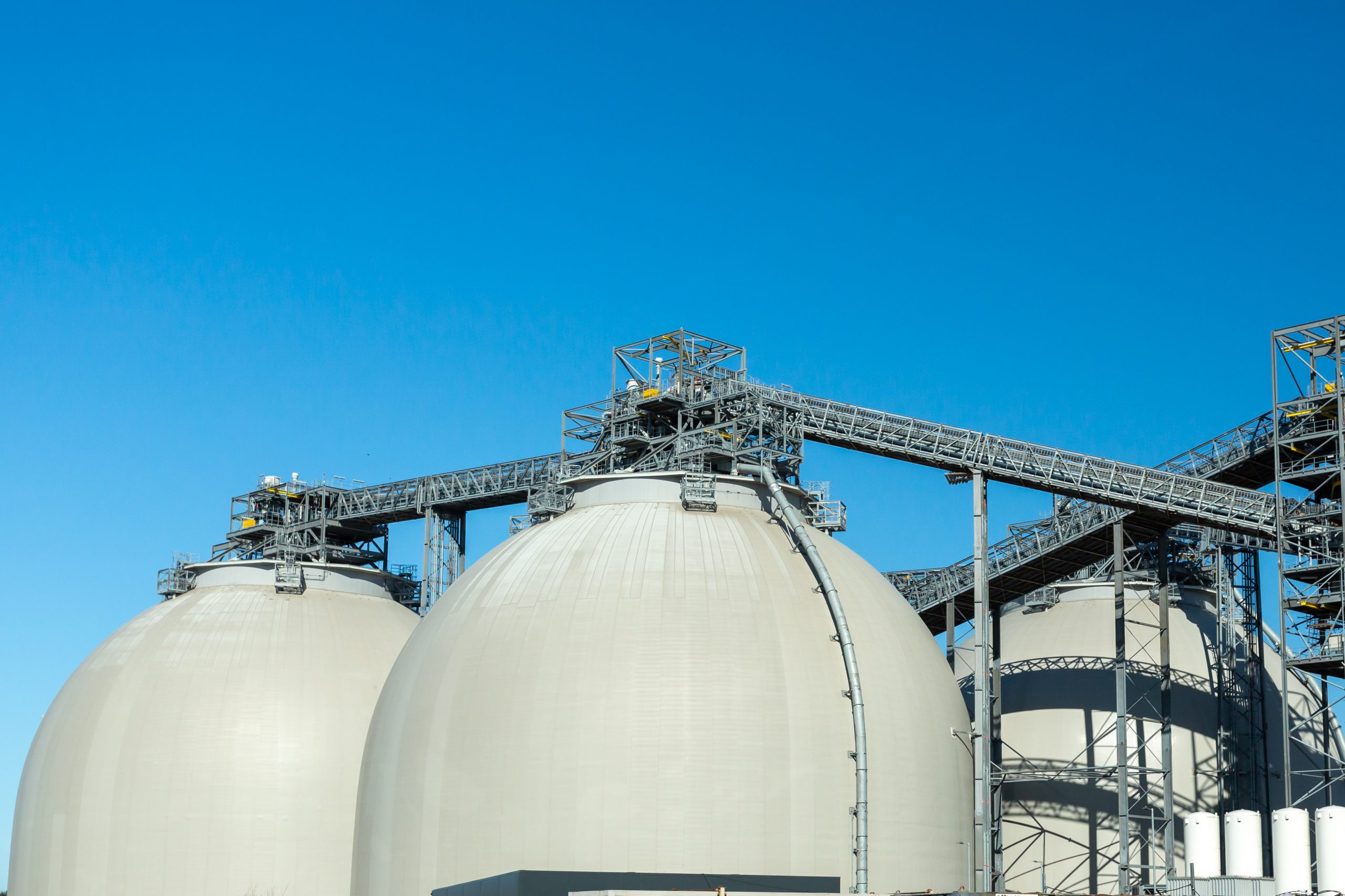
Biomass has already played an important role in supporting energy security while helping the UK decarbonise, displacing fossil fuels with a source of renewable, dispatchable power. Our work has also made a significant contribution to the UK economy, adding an estimated £1.8 billion to the UK GDP and supporting 17,800 jobs in 2021 alone.
And, looking to the future, BECCS presents an enormous opportunity to the UK.
Early investment in this critical technology has the potential to support energy security, and climate targets whilst creating jobs and making the UK a leader in the potentially trillion-dollar global CDR market.
This work needs to happen now – nearly all realistic pathways to limit warming to 1.5C require the carbon removal technology and renewable power BECCS offers, and expert voices at the UN’s Intergovernmental Panel on Climate Change, the UK’s Climate Change Committee, and Forum for the Future have said that carbon removals will be needed to address the climate crisis.
Today’s Strategy is a clear signal from Government that they recognise the importance of BECCS and the urgency with which we must employ it within the UK.
Drax is an international, growing, sustainable business at the heart of global efforts to deliver Net Zero and energy security and I believe the Strategy we have seen from Government today is a clear indication of their support for the work that we do.
With BECCS, Drax has the ability to become a global leader in carbon removals technology. We are engaged in formal discussions with the UK Government about the project and, providing these are successful, we plan to invest billions in transforming Drax Power Station into the world’s largest carbon removals project. The prioritisation of BECCS within the Priority Use Framework shows the Government is aligned to this vision.
We welcome the Government’s Biomass Strategy and will continue to unpack what it means for our business over the coming days and weeks with a mind to our next steps.
Government must now ensure that as it progresses its consultation on biomass sustainability that that process is equally evidence-driven and ensures that science-based methods drive the policy forward. We hope to continue to work alongside Government to support these efforts.
Our formal discussions with the UK Government on BECCS and a ‘bridging mechanism’ to support the transition to BECCS have been productive, but to realise the scale of the ambition included in the Government’s Strategy, we need commitment through the delivery of a clear business model that supports BECCS.
Today’s support from Government brings us a big step closer and we look forward to continuing the work.
Will Gardiner
CEO
Drax
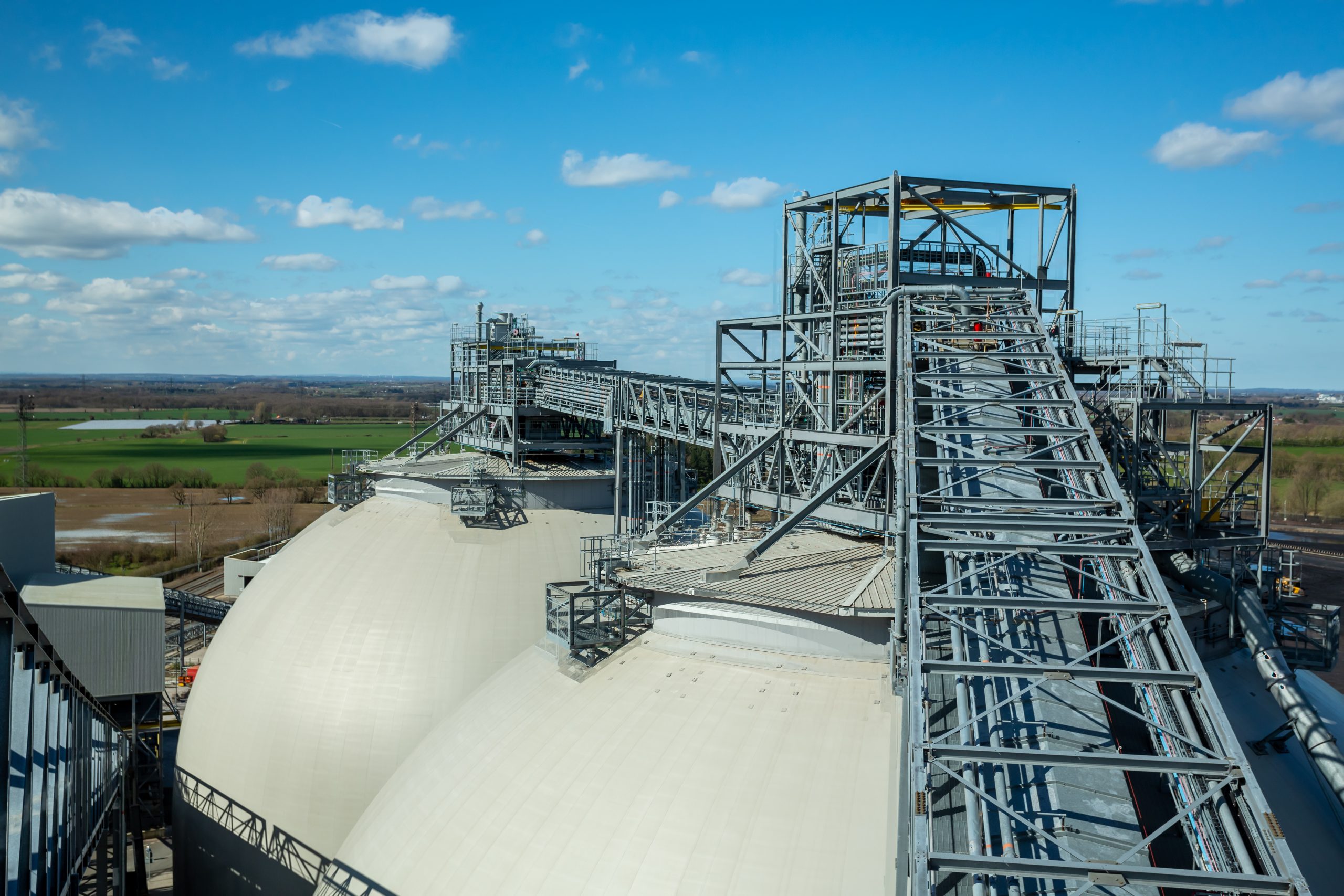
The Strategy outlines the potential extraordinary role which biomass can play across the economy in power, heating and transport, including a priority role for Bioenergy Carbon Capture and Storage (BECCS), which is seen as critical for meeting net zero plans due to its ability to provide large-scale carbon removals.
Will Gardiner, Drax Group CEO
“We welcome the UK Government’s clear support for sustainably sourced biomass and the critical role that BECCS can play in achieving the country’s climate goals.
“The inclusion of BECCS at the top of a priority use framework is a clear signal that the UK wants to be a leader in carbon removals and Drax is ready to deliver on this ambition. We are engaged in formal discussions with the UK Government about the project and, providing these are successful, we plan to invest billions in delivering BECCS at Drax Power Station in North Yorkshire, simultaneously providing reliable, renewable power and carbon removals.
“We look forward to working alongside the Government to ensure biomass is best used to contribute to net zero across the economy, through further progression of plans for BECCS and ensuring an evidence-driven, best practice approach to sustainability.”
The Strategy reiterates the Government’s ambition to deliver 5Mt pa of carbon removals by 2030, with the potential for this to increase to 23Mt by 2035 and up to 81Mt by 2050, with BECCS expected to provide the majority of the total in 2050.
In the period to 2035 Government intends to facilitate the use of biomass for power and heating, whilst supporting projects transitioning to BECCS. BECCS projects, which includes Drax Power Station, are seen as a priority use of biomass given existing generation assets with established supply chains and Carbon Capture and Storage (CCS) technology ready to be deployed. Beyond 2035 there will remain a role for biomass without BECCS in harder to decarbonise sectors and in supporting energy security.
The Strategy notes the active work in government to support BECCS, including the development of business models.
The Strategy considers the global availability of sustainable biomass, finding that by using domestic and imported biomass sources there is sufficient material to meet estimated future demand in the 6th Carbon Budget.
Alongside the increased use of sustainable biomass, Government will continue to develop sustainability criteria and Drax supports the development of robust standards across sectors.
A link to the Strategy can be found here.
Alongside publication of the Strategy, the Government has published an evidence-based assessment of BECCS as a route to negative emissions. The report sets out how “well regulated” BECCS can deliver negative emissions and ensure positive outcomes for people, the environment, and the climate.
In March 2023, the Government confirmed its commitment to support the deployment of large-scale Power-BECCS projects by 2030 and that the Drax Power Station BECCS project had passed the deliverability assessment for the Power-BECCS project submission process.
Formal bilateral discussions with the Government are ongoing to move the project forward and help realise the Government’s ambition to deliver 5Mt pa of carbon removals by 2030. These discussions include a bridging mechanism between the end of the current renewable schemes in 2027 and the commissioning of BECCS at Drax Power Station.
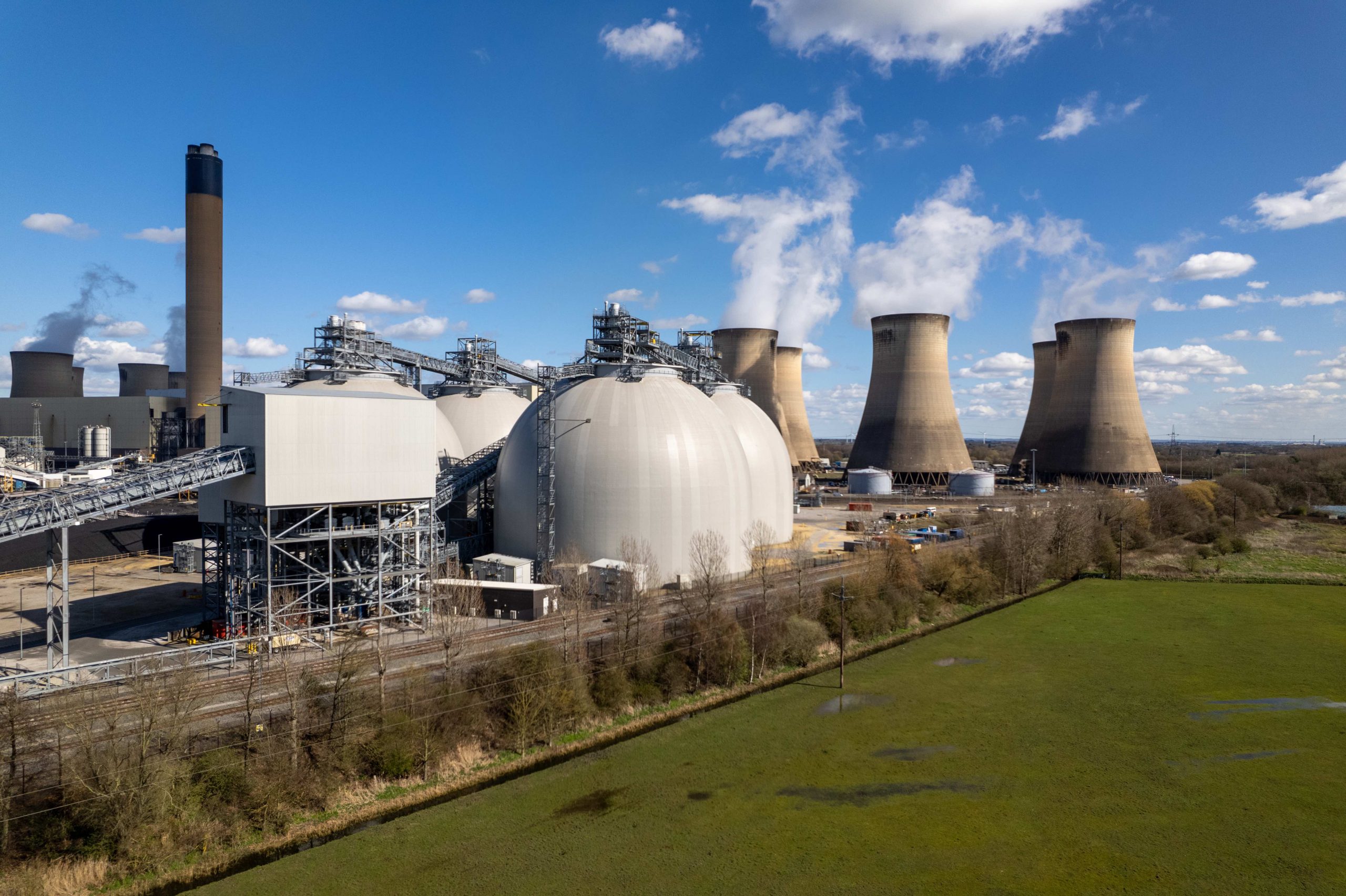
Drax believes that BECCS at Drax Power Station is the only project in the UK that can enable the Government to achieve this ambition, in addition to the large-scale renewable power and system support services it provides to the UK power system.
In July 2023, the Government designated the Viking CCS cluster as a Track 2 cluster. Progressing a CO2 transport and storage network in the Humber represents a significant step toward helping the region meet its net zero ambitions and ensuring that it remains a source of high-skilled jobs and energy security for decades to come. Along with the East Coast Cluster, Viking creates an additional potential pathway to support BECCS at Drax Power Station.
The Government has also confirmed that during 2023 it will set out a process for the expansion of its wider CCS programme for individual projects, including BECCS (Track 1 expansion and Track 2).
Drax Investor Relations:
Mark Strafford
+44 (0) 7730 763 949
Drax External Communications:
Chris Mostyn
+44 (0) 7548 838 896
Sloan Woods
+44 (0) 7821 665 493
END
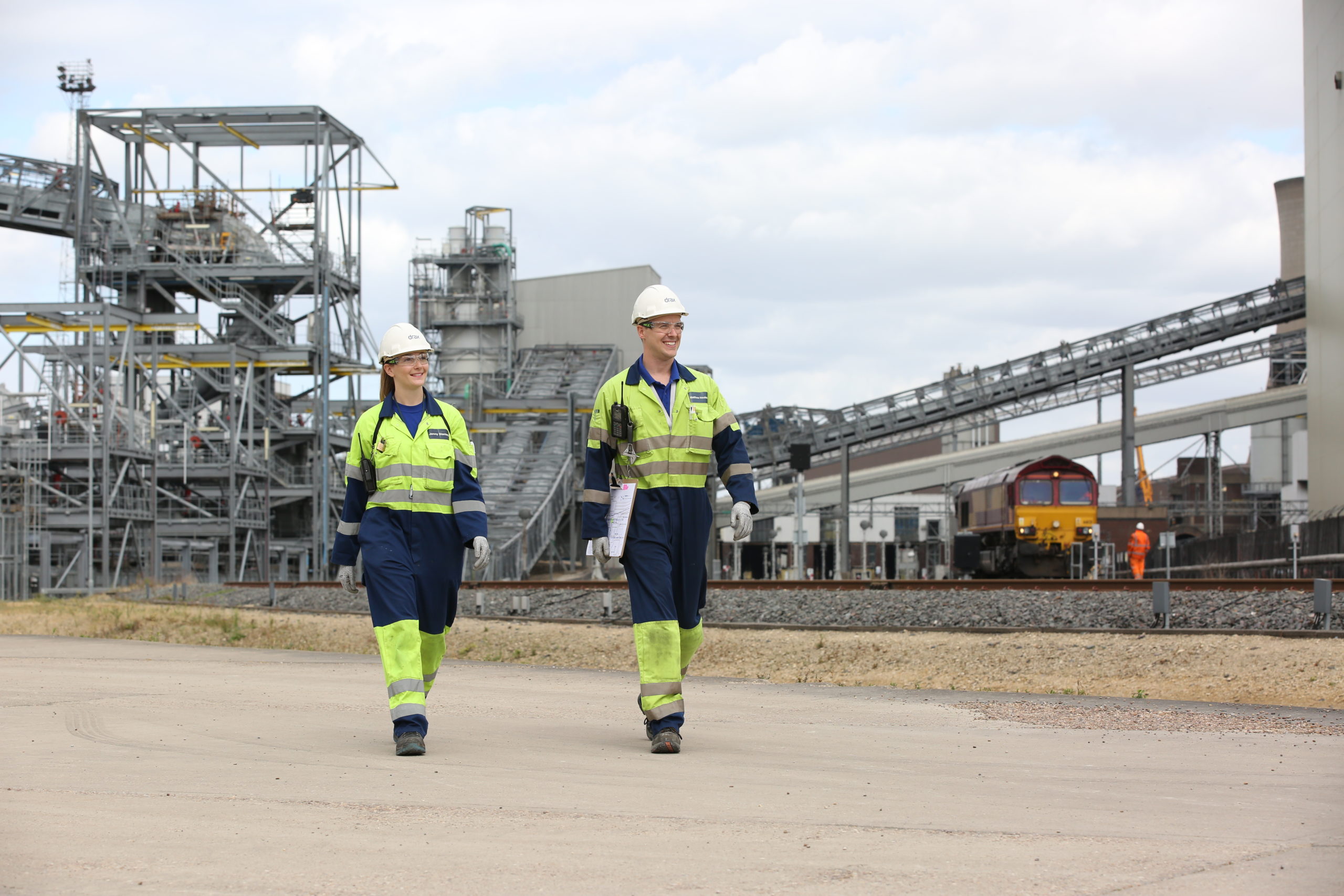
When the iconic Humber Bridge opened in June 1981, it did more than just set records for its size. It connected the region, uniting both communities and industries, and allowing the Humber to become what it is today: a thriving industrial hub that contributes more than £18 billion to the UK economy and supports some 360,000 jobs.
As the UK works towards a low-carbon future, the shift to a green economy will require new regional infrastructure, that once again unites the Humber’s people and businesses around a shared goal.
While the Humber Bridge connected the region across the estuary waters, a new subterranean pipeline that can transport the carbon captured from industries, will unify the region’s decarbonisation efforts.
It’s infrastructure that will be crucial in helping the UK reach its net zero goals, but also cement the Humber’s position as a global decarbonisation leader.

The Humber Bridge
Capturing carbon, preventing emissions from entering the atmosphere and storing them safely and permanently, is a fundamental part of decarbonising the economy and tackling climate change. Aside from the chemical engineering required to extract carbon dioxide (CO2) from industrial emissions, one of the key challenges of carbon capture is how you transport it at scale to secure storage locations, such as below the North Sea bed where the carbon can be permanently trapped and sequestered.
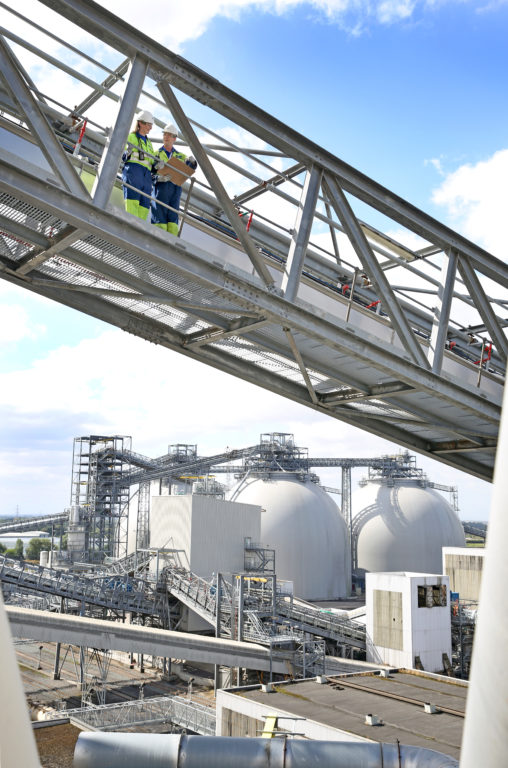
Engineers at Drax Power Station
At Drax, we’re pioneering bioenergy with carbon capture and storage (BECCS) technology. But carbon capture will play an important role in decarbonising a wide range of industries. The Humber region not only produces about 20% of the UK’s electricity, it’s also a major hub for chemicals, refining, steel making and other carbon-intensive industries.
The consequence of this industrial mix is that the Humber’s carbon footprint per head of population is bigger than anywhere else in the country. At an international level it’s the second largest industrial cluster by CO2 emissions in the whole of Western Europe. If the UK is to reach net zero, the Humber must decarbonise. And carbon capture and storage will be instrumental in achieving that.
The scale of the challenge in the Humber also makes it an opportunity to significantly reduce the country’s overall emissions and break new ground, implementing carbon capture innovations across a wide range of industries. These diverse businesses can be united in their collective efforts and connected through shared decarbonisation infrastructure – equipment to capture emissions, pipelines to transport them, and a shared site to store them safely and permanently.
The idea of a CO2 transport pipeline traversing the Humber might sound unusual, but large-scale natural gas pipelines have criss-crossed the region since the late 1960s when gas was dispatched from the Easington Terminal on the east Yorkshire coast under the Humber to Killingholme in North Lincolnshire. Further, the UK’s existing legislation creates an environment to ensure they can be operated safely and effectively. CO2 is a very stable molecule, compared to natural gas, and there are already thousands of miles of CO2 pipelines operating around the US, where it’s historically been used in oil recovery.
A shared pipeline also offers economies of scale for companies to implement carbon capture, allowing the Humber’s cluster of carbon-intensive industries to invest in vital infrastructure in a cost-effective way. The diversity of different industries in the region, from renewable baseload power generation at Drax to cutting-edge hydrogen production, also offers a chance to experiment and showcase what’s possible at scale.
The Humber’s position as an estuary onto the North Sea is also advantageous. Its expansive layers of porous sandstone offer an estimated 70 billion tonnes of potential CO2 storage space.

The Humber Estuary
But this isn’t just an opportunity to decarbonise the UK’s most emissions-intensive region, it’s a stage to present a new green industrial hub to the world. A hub that could create as many as 47,800 jobs, including high quality technical and construction roles, as well as other jobs throughout supply chains and the wider UK economy.
As industries of all kinds across the world race to decarbonise, there’s an increasing demand for products with green credentials. If we can decarbonise products from the region, such as steel, it will give UK businesses a global edge. Failure to follow through on environmental ambitions, however, will not just damage the cluster’s status, it will put hundreds of thousands of jobs at risk.
Breaking new ground is difficult but there are first-mover advantages. The products and processes trialled and run at scale within the Humber offer intellectual property that industrial hubs around the world are searching for, creating a new export for the UK.
But this vision of a decarbonised Humber, that exports both its products and knowledge to the world, is only possible if we take the right action now. We have a genuine global leadership position. If we don’t act now, that will be lost.
Through projects like Zero Carbon Humber and the East Coast Cluster, alongside Net Zero Teesside, the region’s businesses have shown our collective commitment to implementing decarbonisation at scale through collaboration.
As a Track 1 cluster, the Humber presents one of the UK’s greatest opportunities to level up – attracting global businesses and investors, as well as protecting and creating skilled jobs. We need to seize this moment and put in place the infrastructure that will put the Humber at the forefront of a low-carbon future.
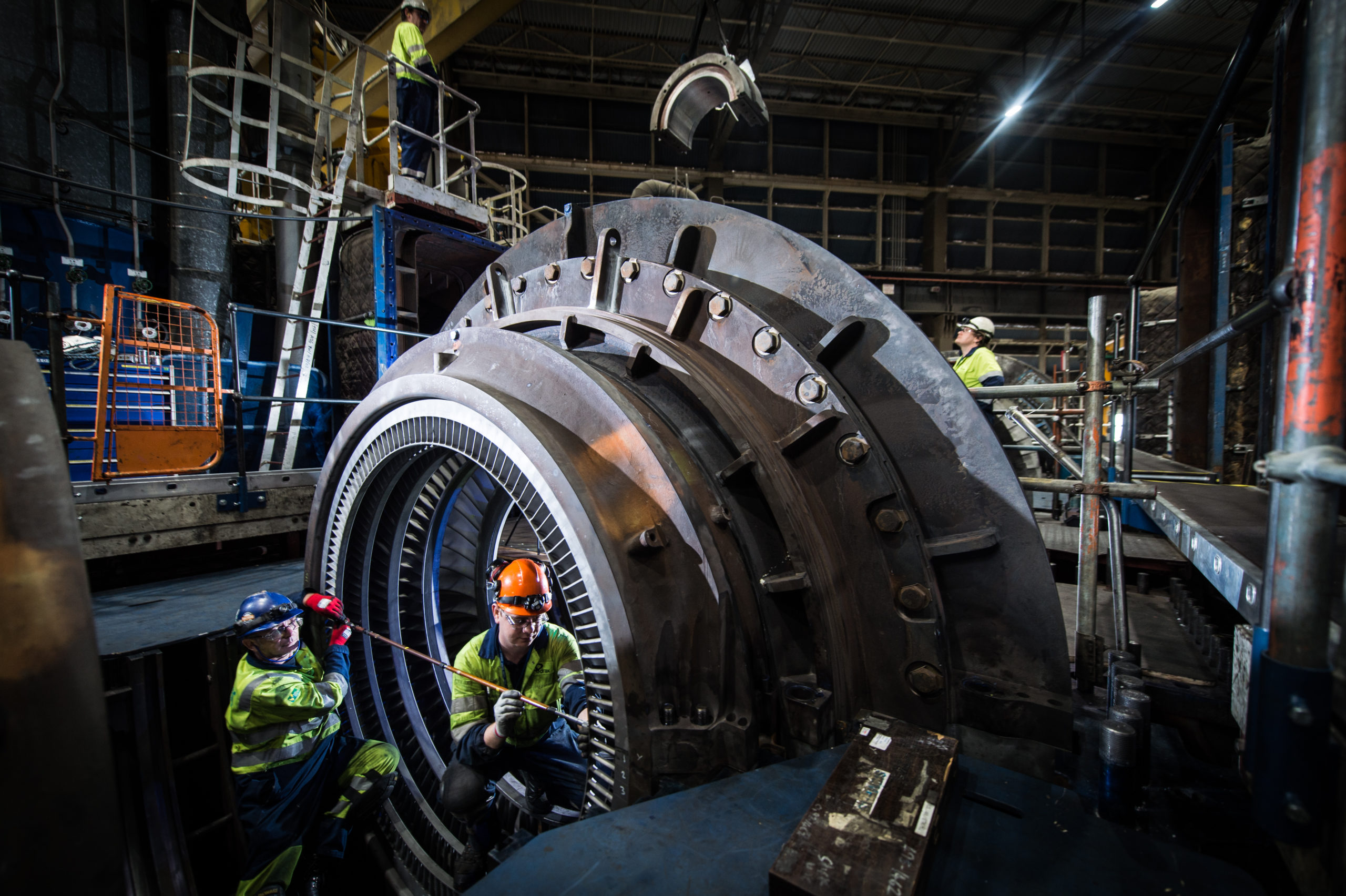
RNS Number : 5930R
Drax Group plc
(“Drax” or the “Group”; Symbol:DRX)
In response to increased pressure on European gas markets and associated concerns about electricity security of supply in the UK this winter, Drax continues to optimise its biomass generation and logistics. To accomplish this Drax is reprofiling biomass generation and supply from the summer to the winter, enabling it to provide high levels of reliable renewable electricity generation in the UK throughout the winter when demand is likely to be higher.
The Group also expects to provide additional support from pumped storage hydro at Cruachan Power Station, building on a strong year to date performance, which reflects a high level of system support activities.
Separately, at the request of the UK Government, Drax has now entered into an agreement with National Grid – in its capacity as the electricity systems operator – pursuant to which its two coal-fired units at Drax Power Station will remain available to provide a “winter contingency” service to the UK power system from October 2022 until the end of March 2023. The units will not generate commercially for the duration of the agreement and only operate if and when instructed to do so by National Grid.
Under the terms of the agreement, Drax will be paid a fee for the service and compensated for costs incurred, including coal costs, in connection with the operation of the coal units in accordance with the agreement.
Reflecting these factors, Drax now expects that full year Adjusted EBITDA(1) for 2022 will be slightly above the top of the range of analyst expectations(2), subject to continued good operational performance.
(1) Earnings before interest, tax, depreciation, amortisation, excluding the impact of exceptional items and certain remeasurements.
(2) As of 5 July 2022, analyst consensus for 2022 Adjusted EBITDA was £613 million, with a range of £584-£635 million. The details of this company collected consensus are displayed on the Group’s website.
https://www.drax.com/investors/announcements-events-reports/presentations/
Drax Investor Relations: Mark Strafford
+44 (0) 7730 763 949
Drax External Communications: Ali Lewis
+44 (0) 7712 670 888
Website: www.Drax.com
END